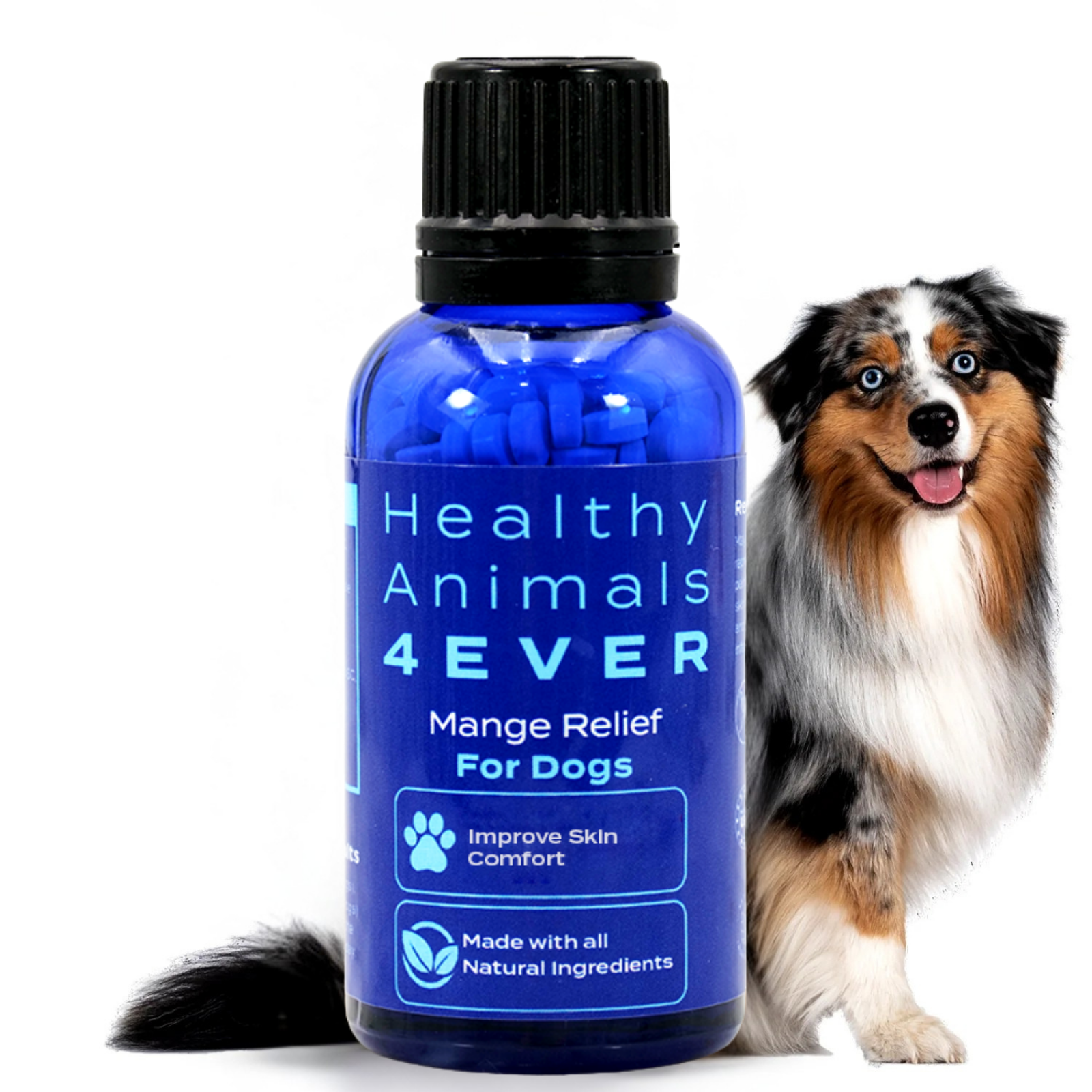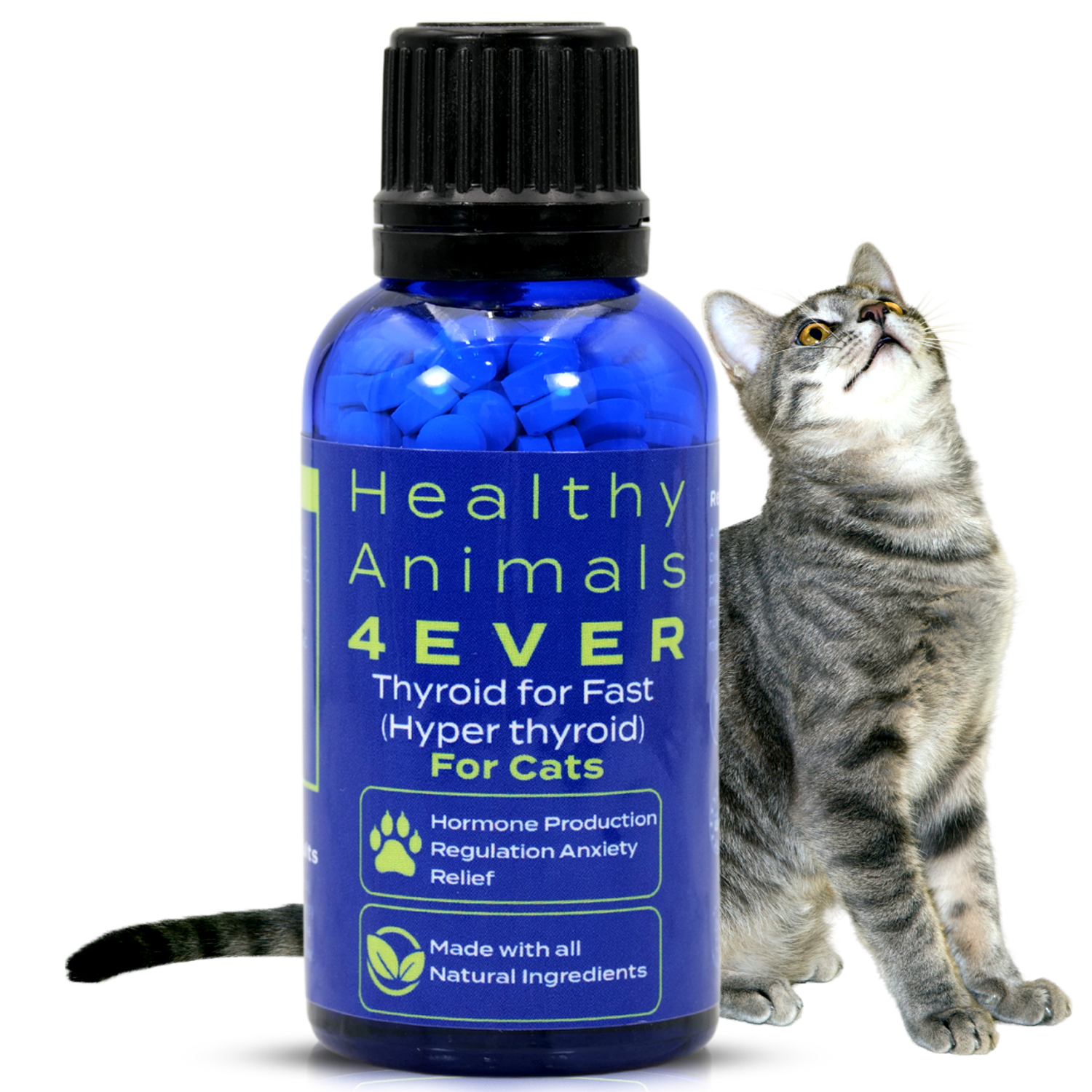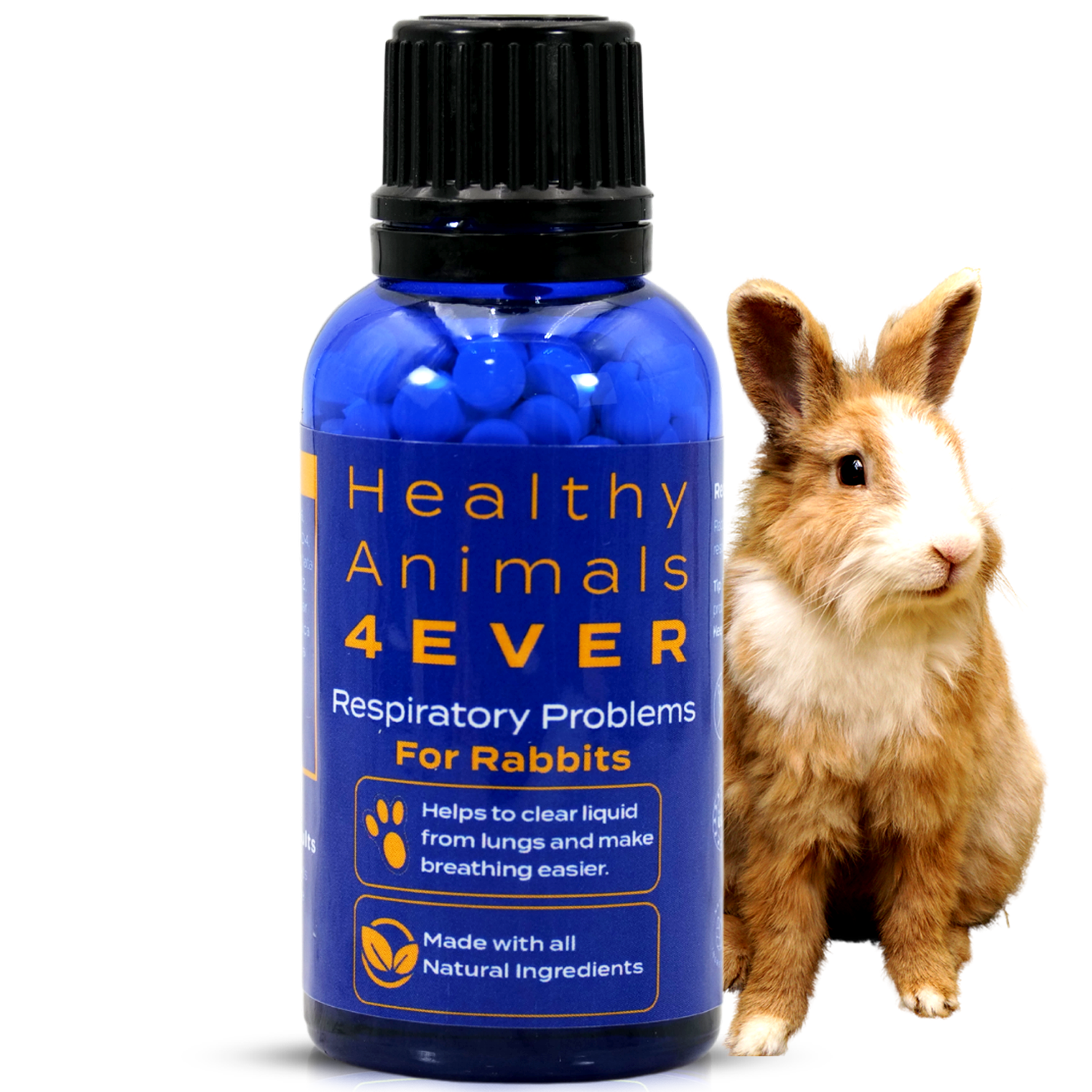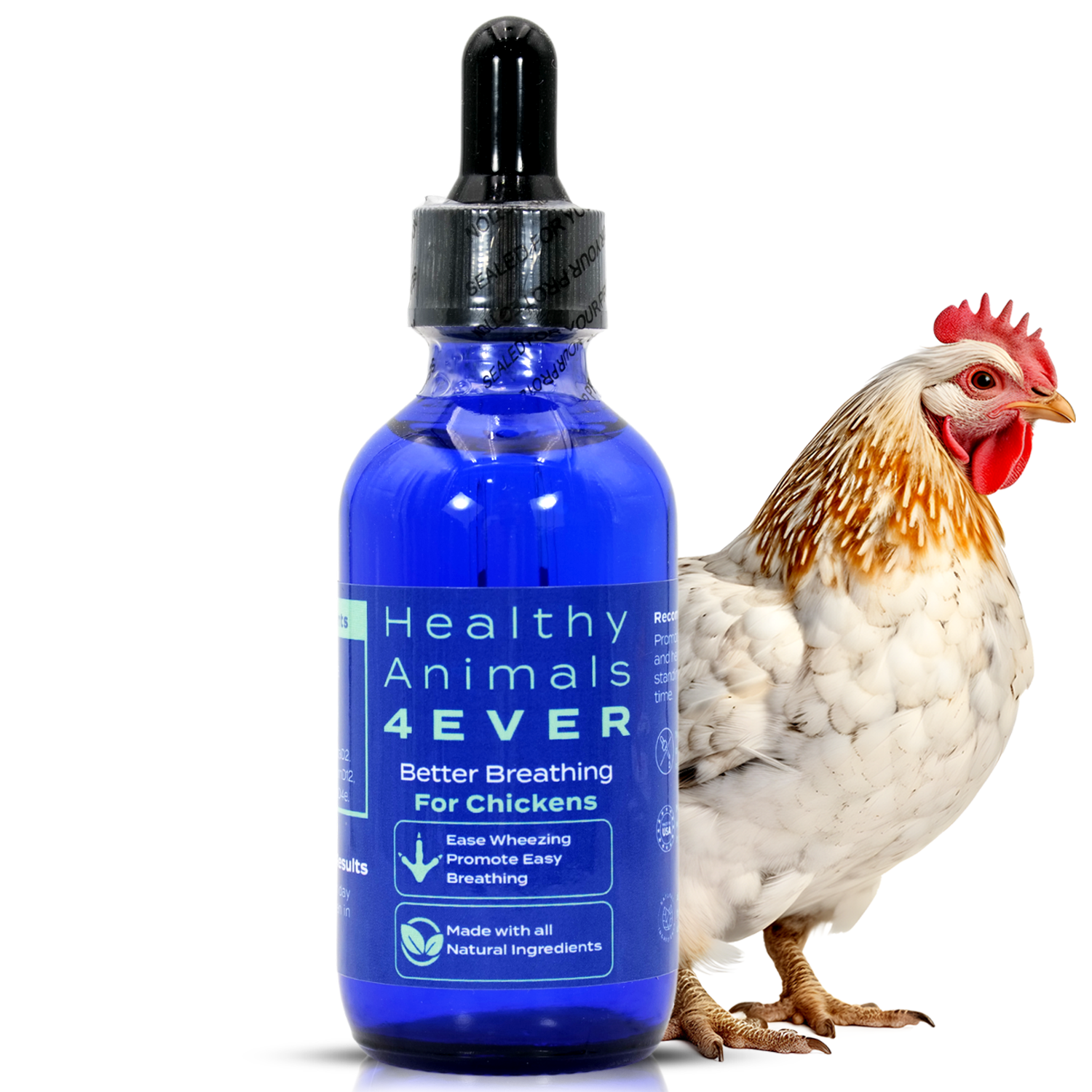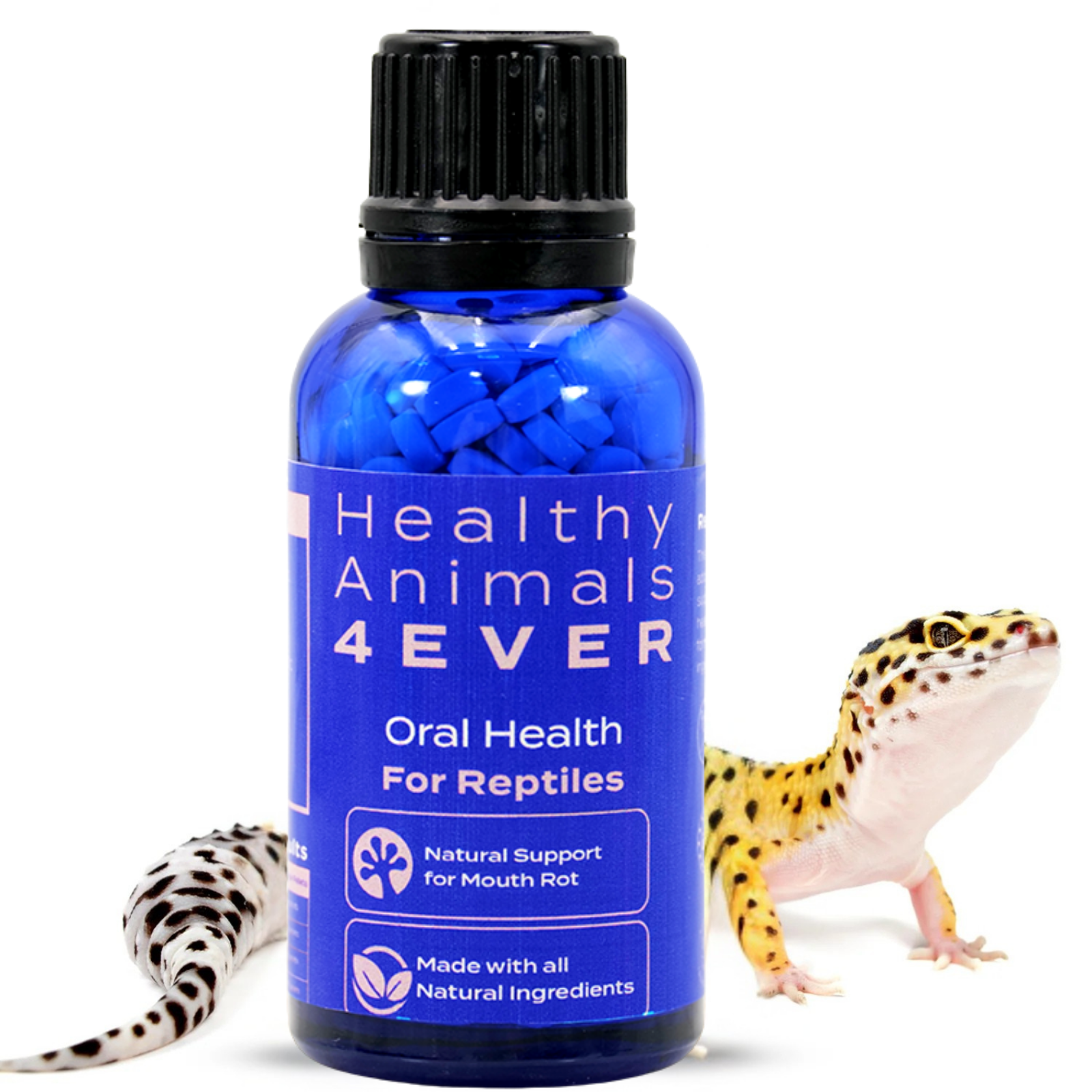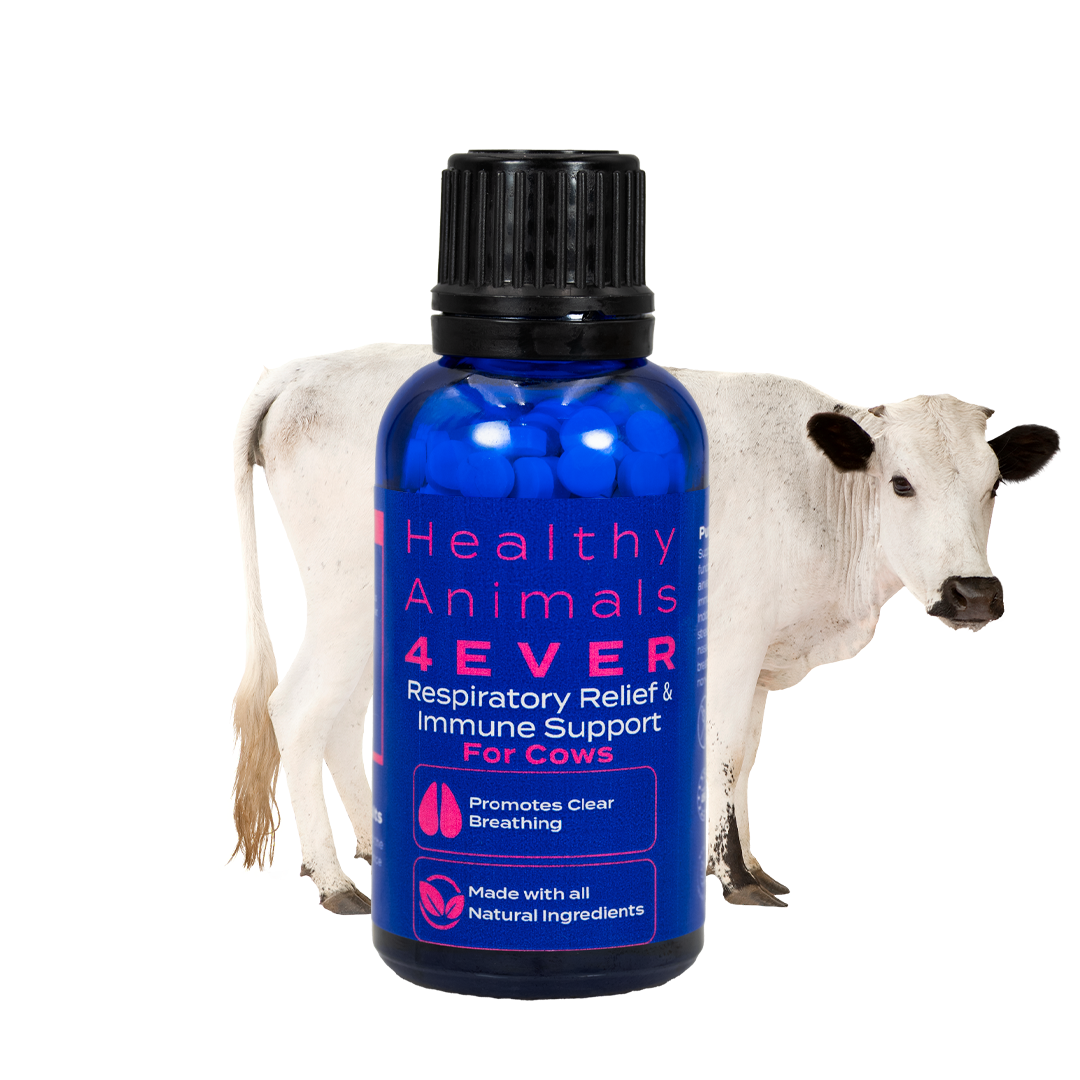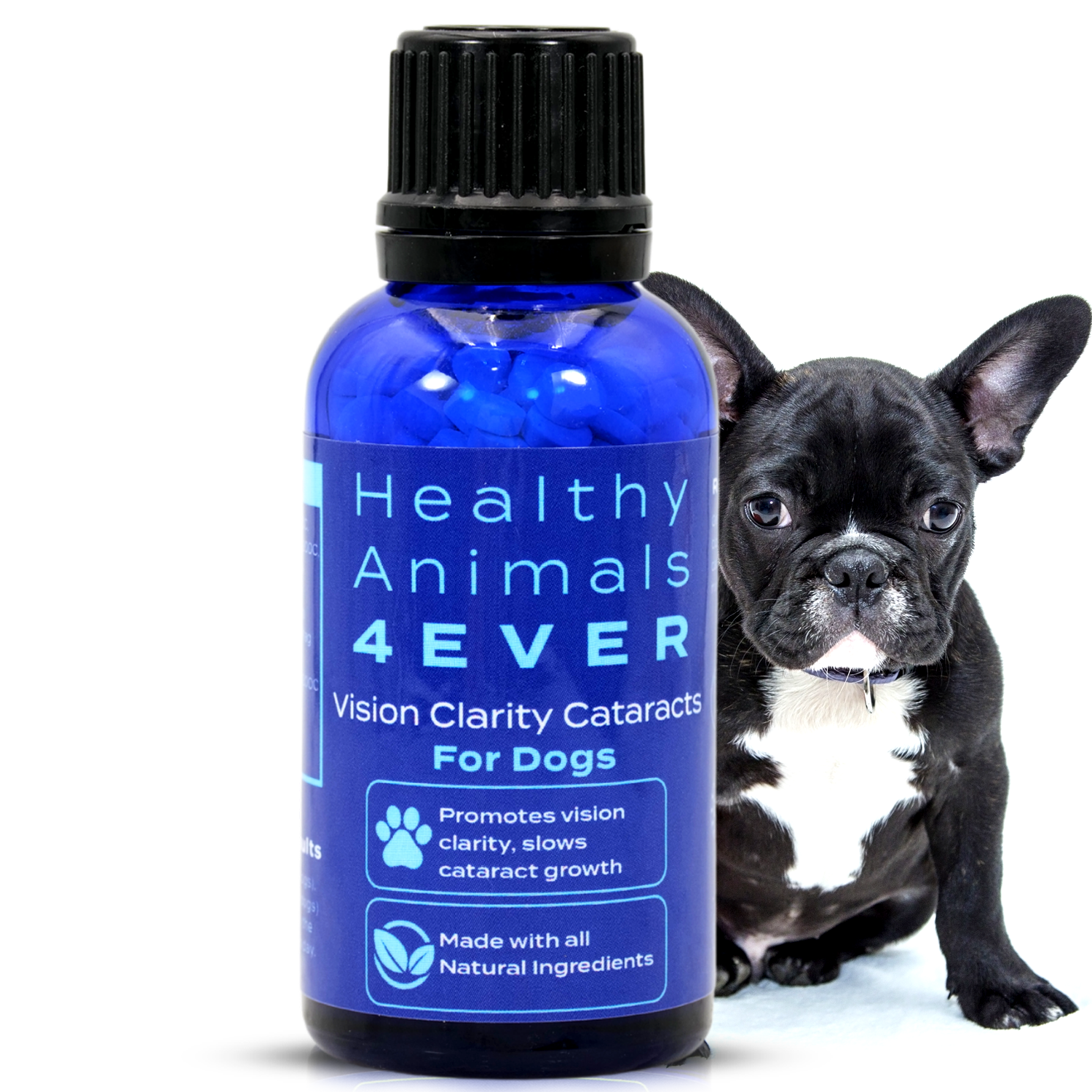Natural Strategies to Prevent Eye Issues in Pets
Can you treat dog eye problems at home?
As a dog owner, you probably had some experience with your pet's eye problems. If not, there's a chance you'll encounter them in the future, as they are more common than you think.
This article will discuss dogs' most common eye problems and how you can treat them at home.
But first, let's learn a little more about dogs' eyes.

The anatomy of a dog's eye is quite similar to that of a human eye, with a few notable differences. Here are the key anatomical features of a dog's eye:
- The cornea is the clear, dome-shaped front surface of the eye. It protects the inner structures of the eye and helps to focus light.
- The iris is the colored part of the eye. It controls the size of the pupil, which regulates the amount of light entering the eye. The iris can come in different colors in dogs, such as brown, blue, or hazel.
- The pupil is the black circular opening in the center of the iris. It allows light to enter the eye and adjusts size in response to lighting conditions.
- The lens is a transparent, flexible structure located behind the iris. It helps to focus light onto the retina at the back of the eye. In dogs, the lens is elastic, allowing the dog to adjust its shape to focus on objects at different distances.
- The retina is a thin layer of tissue that lines the back of the eye. It contains specialized cells called photoreceptors that detect light and transmit visual information to the brain via the optic nerve.
- The optic nerve carries visual information from the retina to the brain, where it is processed to form images. The optic nerve is responsible for transmitting signals of what the dog sees to the brain.
- The sclera is the tough, white outer covering of the eyeball. It provides support and protection to the delicate internal structures of the eye.
- The conjunctiva is a thin, transparent membrane that covers the eye's front and the eyelids' inner surface. It helps to lubricate the eye and protect it from foreign particles.
- Dogs have upper and lower eyelids, which help to protect the eye from injury and keep it moist. The eyelids also contain muscles that allow the dog to blink and close its eyes.
- Lacrimal gland: dogs have tear glands that produce tears to moisten the eye and wash away debris. Tears are essential for maintaining eye health.
It's important to note that while the basic structure of a dog's eye is similar to a human's, there may be variations in size, shape, and color among different dog breeds.
Vision Clarity/Cataracts Support Formula for Dogs helps to slow cataract growth to stop vision issues at their source.
You must seek veterinary attention promptly if you notice any abnormalities or changes in your dog's eyes. Early detection and treatment of eye problems can help prevent complications and preserve your dog's vision.
Dogs can experience various eye problems, and pet owners need to be aware of them.
Here are some of the most common eye problems in dogs…
Conjunctivitis
Conjunctivitis, or pink eye, is a common eye problem in dogs. It refers to the inflammation of the conjunctiva, which is the thin, transparent membrane that covers the front of the eye and lines the inner surface of the eyelids. Conjunctivitis can occur in one or both eyes and can be caused by various factors, including:
- Infections: Bacterial, viral, or fungal infections can lead to dog conjunctivitis. Common bacterial infections include those caused by Staphylococcus and Streptococcus species. Viral infections such as canine distemper or canine adenovirus can also cause conjunctivitis.
- Allergies: Dogs can develop allergic conjunctivitis due to exposure to allergens such as pollen, dust mites, mold, or certain chemicals. Other allergic symptoms like itching, sneezing, and skin irritation often accompany allergic conjunctivitis.

- Irritants: Contact with chemicals, smoke, pollutants, or foreign objects can cause dog conjunctivitis. These irritants can trigger inflammation, redness, swelling, and eye discharge.
- Trauma: Eye injuries or trauma, such as scratches or foreign bodies in the eye, can cause conjunctivitis. The trauma disrupts the normal protective barriers of the eye, making it susceptible to infection or inflammation.
- Congenital issues: Some dog breeds are predisposed to certain eye conditions that can result in conjunctivitis. For example, breeds with bulging eyes, such as Bulldogs or Pugs, may be more prone to conjunctivitis due to poor tear drainage and increased exposure to environmental irritants.
The common signs of conjunctivitis in dogs include redness, swelling, discharge (which can be watery, mucous-like, or purulent), squinting, excessive blinking, rubbing the eyes, and increased tear production. If you suspect your dog has conjunctivitis, it is recommended to consult a veterinarian for an accurate diagnosis and appropriate treatment. Treatment may involve topical medications (such as antibiotic or antiviral eye drops or ointments), oral medications (in case of underlying infections or allergies), and supportive care to manage symptoms and promote healing.

Corneal ulcers
Corneal ulcers are a common eye condition in dogs. They are open sores or wounds on the cornea's surface, the eye's clear, dome-shaped front part. Corneal ulcers can result from various causes, including:
- Trauma: Scratches or injuries to the eye from objects like sticks, thorns, or claws can lead to corneal ulcers in dogs. Traumatic ulcers can also occur due to accidents, rough play, or foreign objects lodged in the eye.
- Foreign bodies: When foreign objects, such as debris, dirt, or plant material, come into contact with the cornea, they can cause irritation and lead to corneal ulcers.
- Infections: Bacterial, viral, or fungal infections can cause dog corneal ulcers. These infections can occur secondary to trauma or due to underlying conditions that weaken the cornea's ability to fight off infections.
- Dry eye (Keratoconjunctivitis Sicca): Dogs with insufficient tear production or poor tear quality can develop dry eyes, making the cornea more susceptible to damage and ulceration.
- Eyelid abnormalities: Conditions like entropion (inward rolling of the eyelids) or distichiasis (abnormal eyelash growth) can cause the eyelashes to rub against the cornea, leading to corneal ulcers.
The signs and symptoms of corneal ulcers in dogs may include:
- Squinting or excessive blinking
- Redness and inflammation of the eye
- Watery or mucous discharge
- Pawing or rubbing at the eye
- Sensitivity to light
- Cloudiness or opacity of the cornea
- Decreased appetite or lethargy (in severe cases)
If you suspect your dog has a corneal ulcer, it's essential to seek veterinary attention promptly. Corneal ulcers can be painful and lead to severe complications, including corneal perforation and vision loss.

Cataracts
Cataracts in dogs refer to the clouding or opacity of the lens, a transparent structure located behind the iris. When the lens becomes cloudy, it interferes with the passage of light into the eye, leading to impaired vision or even blindness. Cataracts can develop in one or both eyes and affect dogs of any breed, age, or gender.
Causes:
- Genetic predisposition: In many cases, dog cataracts have a hereditary component. Certain breeds, such as the Cocker Spaniel, Poodle, Siberian Husky, and Boston Terrier, are more prone to developing cataracts.
- Aging: Senile or age-related cataracts can occur in older dogs as a natural part of aging.
- Diabetes: Diabetic dogs are at a higher risk of developing cataracts. Elevated blood sugar levels can lead to changes in the lens structure and the development of cataracts.
- Trauma or eye injuries: Severe eye trauma or injuries can cause cataracts. Blunt force trauma or penetrating injuries can disrupt the normal structure of the lens.
Signs and Symptoms
- Cloudiness or opacity in the lens, giving a whitish or bluish appearance to the eye
- Progressive vision loss or changes in the dog's behavior indicating impaired vision
- Difficulty navigating familiar surroundings or bumping into objects
- Increased clumsiness or reluctance to jump or climb stairs
- Changes in eye color or the appearance of the pupil
- Rubbing or pawing at the affected eye(s)

Glaucoma
Glaucoma is a condition characterized by increased pressure within the eye. It can be primary (genetic) or secondary (resulting from other eye conditions or health issues). Glaucoma can be painful and, if left untreated, may lead to vision loss.
Dry eye (Keratoconjunctivitis Sicca)
A dry eye occurs when the tear glands don't produce enough tears to lubricate the eyes adequately. It can lead to discomfort, redness, discharge, and potential corneal damage. Certain dog breeds are more prone to this condition.
Entropion
Entropion is when the eyelid rolls inward, causing the eyelashes to rub against the cornea. It can result in irritation, redness, corneal ulcers, and discharge. Entropion is often a hereditary condition and may require surgical correction.

Cherry eye
Cherry eye is a condition where the gland in the third eyelid prolapses, causing a swollen, red mass to appear in the corner of the dog's eye. It is typically seen in young dogs and may require surgical intervention.
Retinal Diseases
Dogs can develop various retinal diseases, such as progressive retinal atrophy (PRA) or retinal detachment. These conditions can lead to vision loss or blindness, and some of them are hereditary.
Prevention of eye problems in dogs
Preventing eye problems in dogs is vital for maintaining their overall ocular health. While some eye conditions may be hereditary or unavoidable, there are several measures you can take to help reduce the risk of eye problems in your dog. Here are some prevention tips:
- Regular veterinary check-ups: Schedule routine veterinary examinations for your dog, including thorough eye examinations. Regular check-ups can help detect any early signs of eye problems or underlying conditions that may affect your dog's eyes.
- Proper nutrition: Feed your dog a balanced and nutritious diet to support overall health, including eye health. Ensure their diet contains appropriate levels of vitamins, minerals, and antioxidants. Omega-3 fatty acids, such as those in fish oil, can benefit eye health.
- Eye hygiene: Keep your dog's eyes clean and free of discharge or debris. Use a damp cloth or a recommended eye wash solution to gently wipe the area around the eyes, removing any dirt or discharge. Be cautious not to touch the eyeball itself.
- Avoid irritants: Protect your dog's eyes from potential irritants such as smoke, chemicals, or foreign objects. When using cleaning products or chemicals around the house, ensure your dog is kept away from the area until it's safe.

- Prevent trauma: Take precautions to prevent eye injuries or trauma to your dog. Keep them away from hazardous objects, such as sharp or pointed items, and avoid rough play or activities that may lead to accidental eye injuries.
- Environmental allergens: If your dog has allergies, minimize exposure to known allergens, such as pollen, dust mites, or mold. Keep their living area clean and well-ventilated, and consider using air purifiers to reduce environmental allergens.
- Regular grooming: Keep the fur around your dog's eyes trimmed to prevent hair from irritating the eyes or causing irritation. If your dog has excessive tear staining or tear duct problems, consult your veterinarian for appropriate guidance.
- Protection from UV radiation: Dogs with light-colored or thin coats may be more susceptible to sunburn and potential eye damage from UV radiation. Provide shade and consider using dog-specific sunglasses or protective eyewear when your dog is exposed to intense sunlight or bright environments.
- Maintain dental health: Dental infections or dental diseases can lead to secondary eye infections or problems. Regular dental care, including teeth brushing and professional cleanings, can help prevent potential complications.
Remember, early detection is crucial for successfully treating eye problems in dogs.

Home remedies
While it's important to consult a veterinarian to diagnose and treat your dog's eye problems properly, a few home remedies can offer temporary relief or help maintain good eye hygiene. These remedies should only be used as a complement to veterinary care and not as a substitute.
- Saline solution: You can use a homemade saline solution to rinse your dog's eyes and remove debris or discharge. Mix a teaspoon of salt with a cup of distilled water and boil the solution to sterilize it. Allow it to cool, then use a clean dropper or cotton ball soaked in the saline solution to clean the eye area gently.
- Chamomile tea compress: Brew a weak solution of chamomile tea using a tea bag and let it cool. Apply a cooled chamomile tea bag to the affected eye as a warm compress. The chamomile can have a soothing effect on the eye and help reduce inflammation.
- Warm water compress: Soak a clean washcloth or cotton ball in warm water and gently apply it to the affected eye. The warmth can help alleviate discomfort and loosen any crust or discharge.
- Herbal eyewash: Some herbal infusions, such as Eyebright or Calendula, can be used as an eyewash. Brew a weak tea using one of these herbs, let it cool, and strain. Use a clean dropper to apply a few drops of the cooled herbal infusion to the affected eye.
-
Moisturizing eye drops: Artificial tears or lubricating eye drops explicitly made for dogs can help temporarily relieve dry or irritated eyes. Follow the instructions on the product label and consult your veterinarian for appropriate eye drop recommendations.

- Cold compress: Applying a cold compress to your dog's eyes can help reduce swelling and temporarily relieve minor irritations. Use a clean cloth or a chilled gel pack wrapped in a towel and gently apply it to the affected eye for a few minutes.
- Coconut oil: Organic, cold-pressed coconut oil can be applied topically around your dog's eyes to moisturize and soothe the skin. Use a small amount and gently massage it into the surrounding area.
- Aloe Vera gel: Pure aloe vera gel can relieve minor irritations or inflammation around the eyes. Use a small amount of aloe vera gel and apply it gently around the affected area.
- Proper nutrition: A balanced and nutritious diet that includes antioxidants, vitamins, and minerals can support overall eye health in dogs. Consult your veterinarian for appropriate dietary recommendations for your dog's specific needs.
- If you're considering homeopathic remedies for your dog's eye problems, here are a few commonly used remedies in homeopathy that are sometimes recommended for eye-related issues:
- Euphrasia, also known as Eyebright, is often suggested for conditions such as conjunctivitis with watery discharge, eye redness, and inflammation.
- Pulsatilla is sometimes used for eye conditions involving thick yellow or green discharge, itching, and sensitivity to light.
- Arsenicum album may be recommended for dry, itchy, and burning eyes with watery discharge.
Remember, these home remedies are meant for temporary relief or maintaining eye hygiene and should not replace veterinary care. If your dog's eye problem persists, worsens, or shows signs of pain or discomfort, it is crucial to seek professional veterinary assistance. The underlying cause of the eye problem must be properly diagnosed and treated by a veterinarian to ensure your dog's health and well-being.



